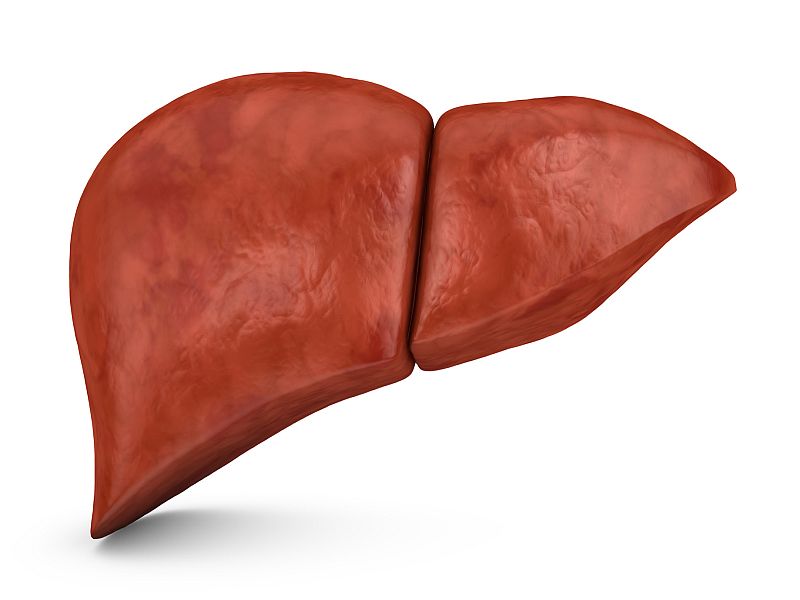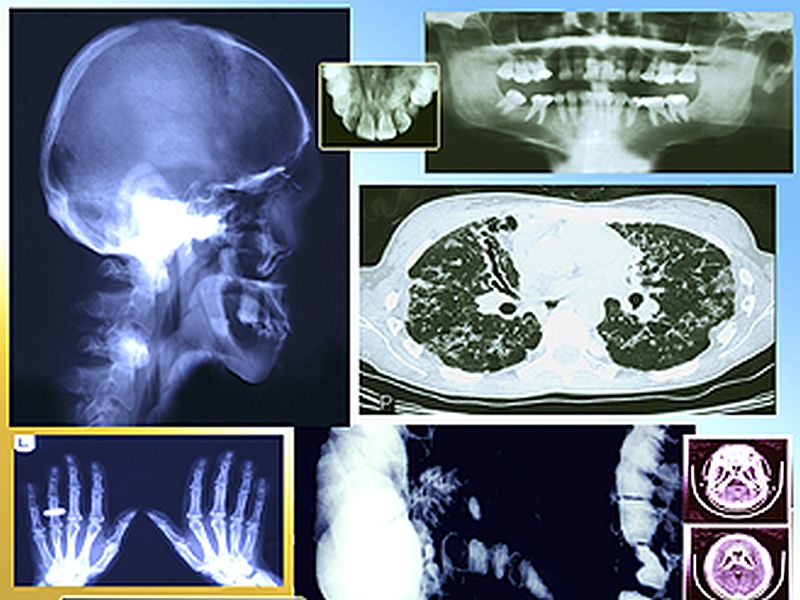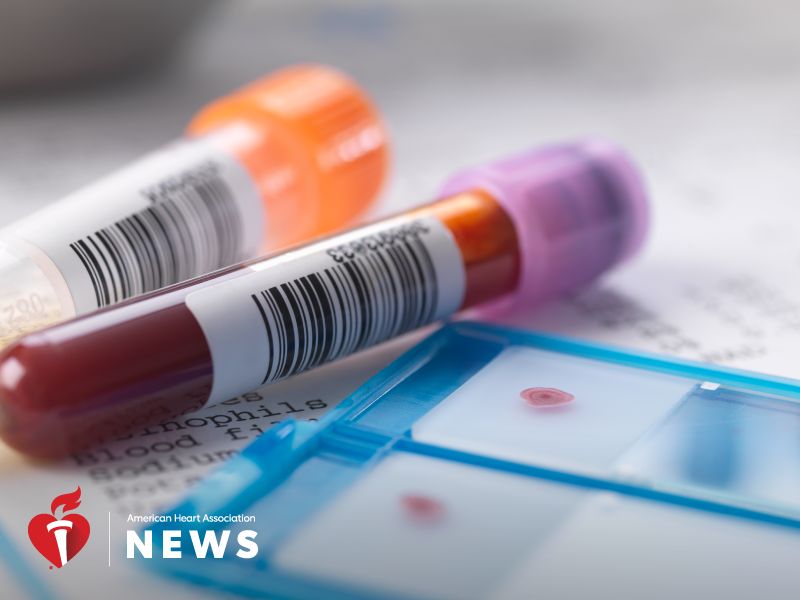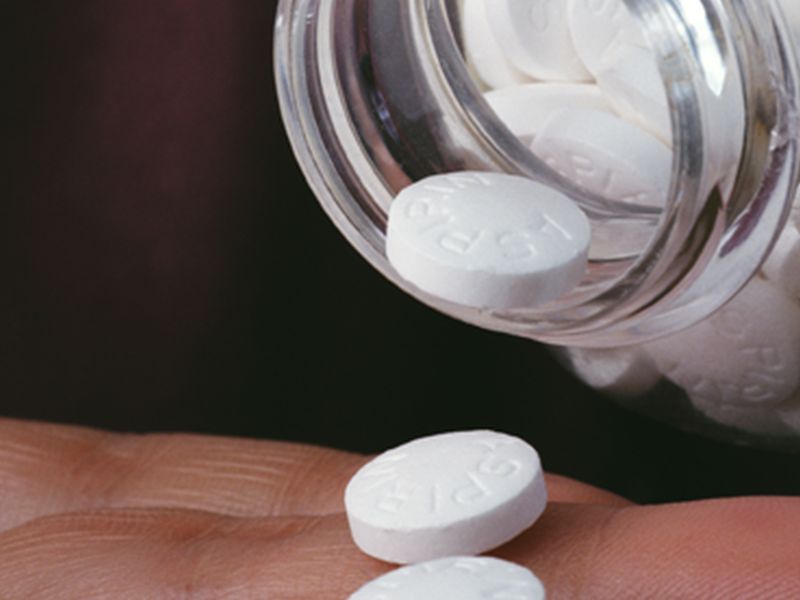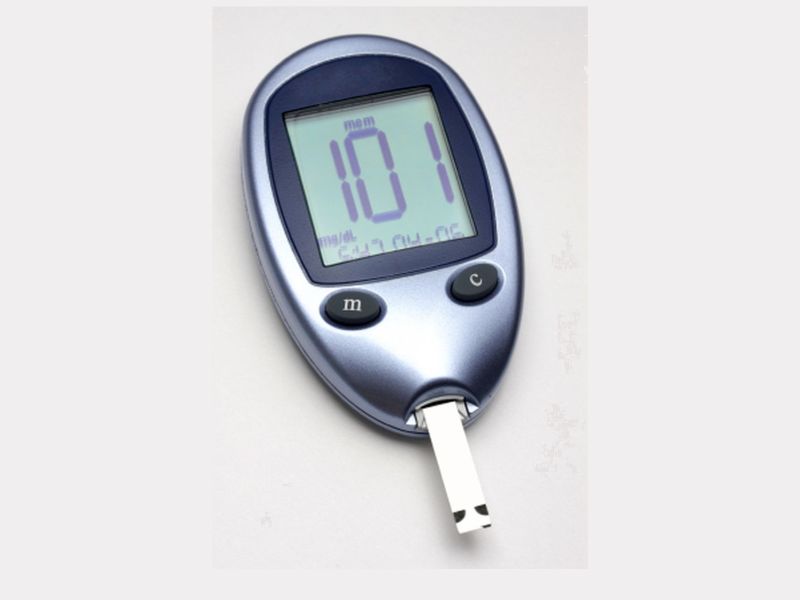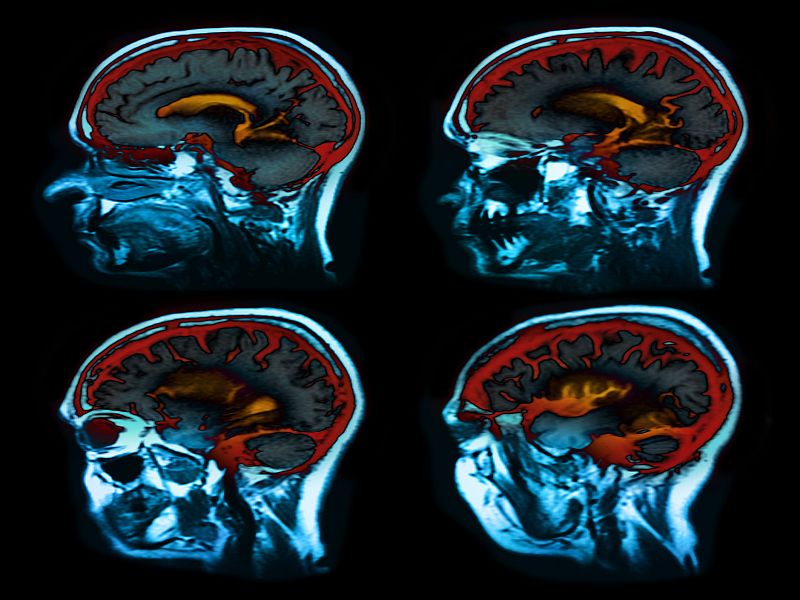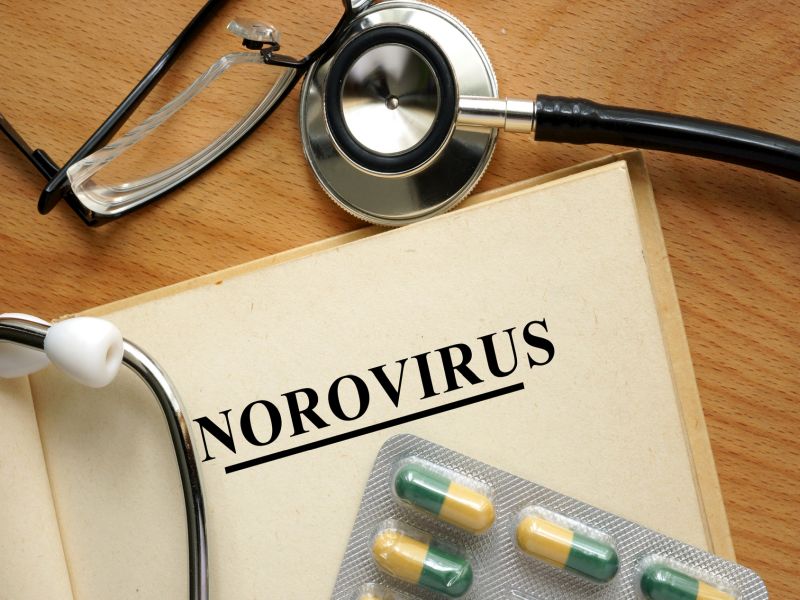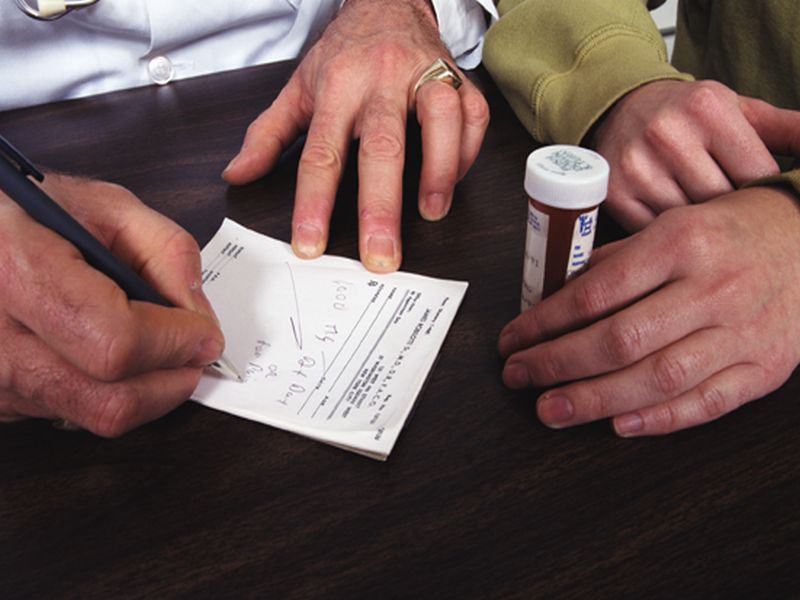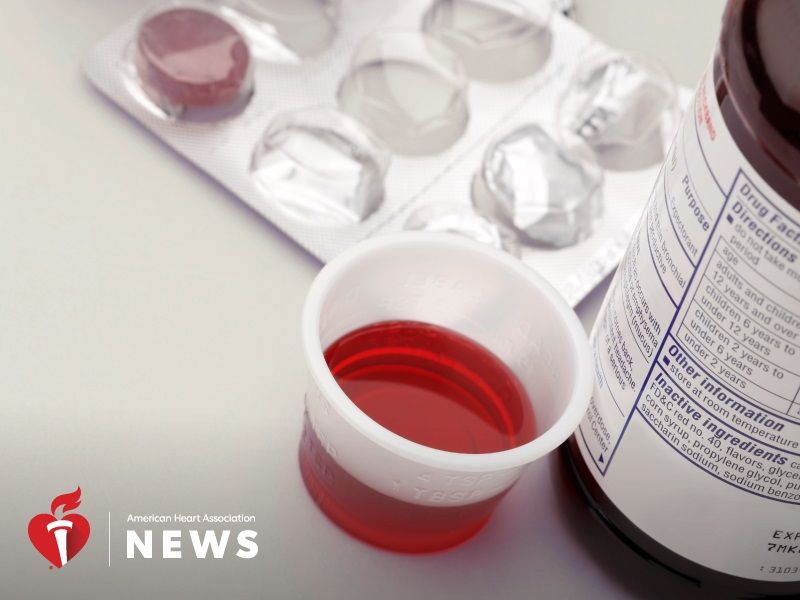WEDNESDAY, April 18, 2018 (HealthDay News) -- Wanda Sihanath didn't like the fact that her inherited blood disorder would not allow her to travel far from Chicago to attend college, but what could she do?
Without regular transfusions and blood testing, the beta-thalassemia she inherited from her parents could eventually cause her to become dangerously anemic.
"I wasn't happy that I was adapting my college plans to my health care," said Sihanath. She wanted to be free to go where she pleased, unshackled by her disorder.
Thanks to a revolutionary new genetic therapy, Sihanath hasn't needed a blood transfusion for four years. She's now 22 and a senior at Arizona State University studying biomedical engineering.
She is one of 15 out of 22 patients who became independent of transfusions after receiving the therapy, which replaced a defective gene in the stem cells of her bone marrow. Early results of the clinical trial are published in the April 19 issue of the New England Journal of Medicine.
"They have not required blood products of any kind for over a year, and for some it's over three years," said lead researcher Dr. Alexis Thompson, head of hematology and chair of childhood cancer and blood disorders at the Ann and Robert H. Lurie Children's Hospital of Chicago.
Thalassemia is a group of inherited blood disorders that affect the production of hemoglobin, the protein in red blood cells that transports oxygen throughout the body.
Hemoglobin is made of two proteins, alpha globin and beta globin. In beta-thalassemia, genetic defects affect the production of the beta globin protein, reducing levels of hemoglobin in the blood.
There are an estimated 288,000 cases of beta-thalassemia across the world, making it one of the most common genetic diseases, according to an editorial accompanying the study. In the United States and the European Union, an estimated 15,000 people have the disorder and approximately 1,500 infants are born each year with it.
Patients with beta-thalassemia typically must begin receiving regular blood transfusions as an infant, so they don't become anemic, Thompson said. Most will remain dependent on blood transfusions for the rest of their life.
Beta-thalassemia can be cured through a bone marrow transplant from a brother or sister, but that's not an option for most, Thompson said.
"Unfortunately, the majority of individuals with thalassemia will not have a suitable matched sibling," Thompson said. "Because of the lack of availability of appropriate donors, there has been a need for alternative treatments for thalassemia."
In the experimental gene therapy, a person becomes his or her own donor of bone marrow stem cells. Medicines prompt the stem cells that create blood to temporarily circulate in the patient's bloodstream, from which doctors gather and refine the cells, Thompson said.
Those stem cells are then exposed to a virus carrying the normal version of the beta globin gene, Thompson said. The cells adopt the normal gene, allowing them to produce healthy amounts of hemoglobin.
In the meantime, patients receive chemotherapy to kill off the defective bone marrow cells in their bodies. Once that's done, the new cells are introduced via an IV drip into their veins, Thompson said.
"Because these are stem cells, they know where they really belong is the bone marrow," Thompson said. "Even putting them into a vein, the cells know to travel to the bone marrow. Once they're in the marrow, they settle in and begin dividing."
Two-thirds of the patients who underwent this one-time treatment wound up with healthy levels of hemoglobin and have not needed transfusions, Thompson said.
"Of the ones that did not become independent, there was an almost 70 percent reduction in the volume and frequency of transfusion," Thompson said. "There was clinical benefit in essentially all participants, with the majority of participants becoming transfusion-independent."
Even better, the procedure did not cause any side effects.
There had been some concern that the virus would not act as anticipated, and might turn on cancer genes to trigger the development of leukemia in patients, explained Dr. Christopher Walsh, an associate professor of hematology and medical oncology at the Icahn School of Medicine at Mount Sinai in New York City.
"They don't see that in this study, and the patients were studied for many years here, so that's a good thing," said Walsh, who wasn't involved with the research.
Researchers will continue to track the patients for 15 years, to make sure no long-term health problems crop up, Thompson said.
The team continues to tweak the protocol to improve the ability of the virus to transfer the normal gene into patients' stem cells, Thompson said. A larger phase 3 clinical trial is already underway.
Researchers also have been granted federal approval to test the procedure in children younger than 12, Thompson added.
"It's been very gratifying to see patients who have really been able to thrive and to make plans and envision being able to accomplish so much, no longer dependent on transfusions," Thompson said.
Sihanath agreed, saying she appreciates that she might one day decide to study abroad without worrying about her health care.
"Just being able to not stress about that has been nice," she said.
More information
The American Academy of Family Physicians has more about thalassemia.



